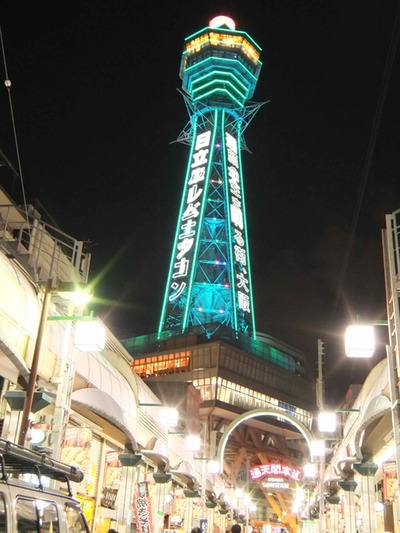Back on the train I jotted down a few further notes and settled back to let the landscape wash over me on the hour and a bit run into Osaka.
Once we were off the shinkansen and onto the subway system, what we encountered reinforced the notion that you need a three level understanding of a large Japanese city's geography if you want to get around.

You need to have a fair idea of the physical geography, the various districts and what you're likely to find in each. That interacts with the transport infrastructure that operates on the surface, the bus routes and train lines. Those, in turn, intersect with the third element which is, of course, the subway.
Once you know where you are (physical geography) and determine where you want to go (ditto) it’s the intersection of the last two that delivers you from point A on the surface, which in this case was ShinOsaka, to Point B, the night's hotel in Kitahama, the old merchant district and from there to point C, the former working class area of South Osaka that our host for the evening is keen to promote to all and sundry.
That meant off the shinkansen, down into the subway, two stops along this line, change, and one more to Kitahama.
We’d stayed at Brighton City Kitahama last time, were very impressed by the rooms (large, with good bathroom and an actual tub) and look like making it the default stop in Osaka if the price is right and other factors don't intervene, which, of course, they do.
Which is why we stayed at Kishibe on the night before the rail pass leg began.
After The Principal's guided tour of South Osaka, there are a couple of establishments in that neighbourhood that apparently offer conveniently located accommodation (one stop from ShinOsaka) at very reasonable prices, but the area has a reputation.
That reputation might have been justified in the past, he explained as a less than supple overweight foreigner tried to come to terms with the on the floor seating in a popular side street hotpot eatery, but the population that created the reputation is ageing, and the area has become heavily populated by backpackers and Chinese (both mainland and Taiwanese.